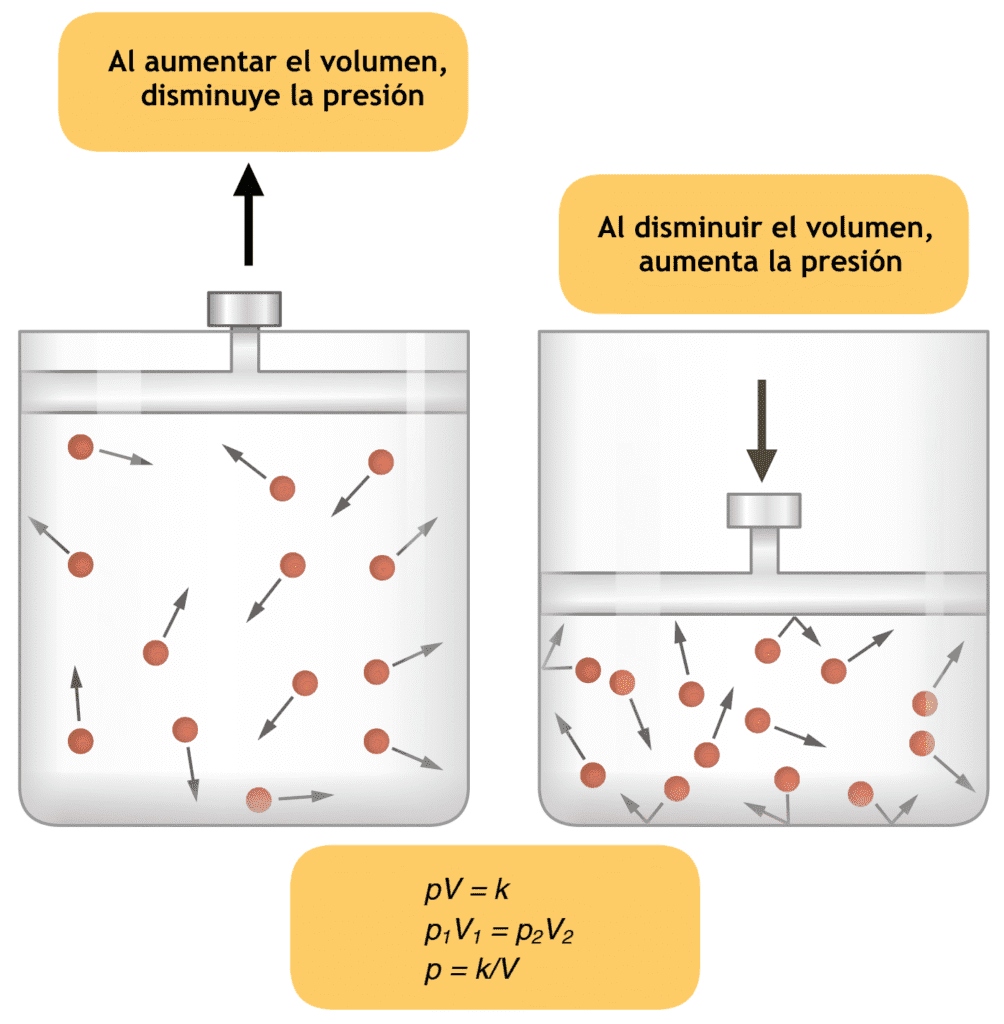Enflurane is not a very commonly used agent in the developing counties although its usage is on in America. It is a newer inhalational agent like that of halothane. Enflurane is halogenated ether.
Enflurane Physical Properties :
- It is a Colorless gas.
- It has ethereal odor.
- It is Non inflammable at clinical concentration but inflammable at higher concentration (above 5%).
Enflurane Anesthetic Properties :
- It has moderate potency, moderate induction and recovery time.
- It is not a good analgesic.
- Muscle relaxation with this anesthetic gas is only moderate.
Enflurane Systemic Effects
Cardiovascular system :
- Decreases BP, causes bradycardia and so decreases cardiac output.
- Sensitizes myocardium to adrenaline (but much less than halothane).
Respiratory system: Enflurane causes marked respiratory depression.
Cerebral: It increases intracranial tension like other inhalational agents used in anesthesia. At high doses it produces spike and wave pattern in EEG which culminates into frank tonic clonic seizures.
Renal: It depresses renal function significantly due to decreased renal blood flow.
Hepatic: It also depresses the hepatic functions due to decreased hepatic blood flow.
Enflurane Metabolism :
Fluoride produced at clinical concentrations does not cause nephrotoxicity.
Enflurane Contraindications :
- Epilepsy.
- Renal diseases.
Enflurane Drug Interactions :
Isoniazid induces enflurane defluorination.

